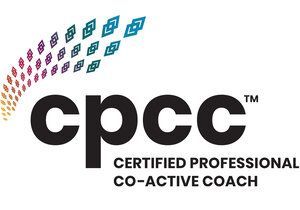Recognizing Depression in Teens

Depression is one of the leading causes of illness and disability among adolescents (World Health Organization). It is more than just a phase children and young adults go through. Untreated depression at an early age often has serious consequences, leading to suicidal ideation and unhelpful thinking patterns which may persist into adulthood.
There are multiple reasons why a teenager might become depressed. School performance, peer pressure, or rapid physical changes can significantly affect how a teen feels. For example, the rapid physical growth teens go through may make them very self-conscious and worried about their body changes.
However, on top of that, research has shown that the prevalence of depression and anxiety symptoms during Covid-19 in teens has doubled compare to pre-pandemic estimates (Racine et al., 2021). The study also suggests that ongoing social isolation, family financial difficulties, and school disruption elevate depression in teens during this challenging period.
Even though it is treatable, many teens do not seek help. Thus, it is crucial to watch out for the emotional and behavioral changes teens experience, as I listed some below:
Emotional Changes:
- The inability to concentrate in doing daily tasks
- Low self-esteem
- Mood swings
- Lost of interest in usual activities
- Constant feelings of negative emotions, e.g., sadness, anger, frustration, etc.
- Feeling empty and hopeless
- The feeling of loneliness and helplessness
- Excessive irritability and emotional outbursts
- Thoughts of death and suicide
Behavioral Changes:
- Insomnia, or sleeping too much
- Alcohol and drug abuse
- Eating disorder, excessive dieting, or binge eating
- Social withdrawal
- Poor school performance
- Agitation or restlessness
- Self-harm, e.g., cutting, punching, or burning
- Planning or even make a suicide attempt
If you know someone you think may have depression:
- Listen empathetically by asking more questions to understand their situation instead of making assumptions. Validate their feelings and show genuine concern. You may say: It must have been challenging to be in the position you are now. I am sorry to hear that.
- Be supportive and encouraging, even though you may not fully understand what they are going through. Check on this friend regularly, and text like 'I am here if you need anyone to talk to, and I do care for you’ may help.
3. Help them to consider speaking with a youth counselor. It's okay to help them search and even book the appointment with them.
- If you noticed that s/he has suicidal thoughts, DON’T WAIT TO GET HELP. Instead, notify someone you think can help this friend - school’s counselor, family member, mentor, etc.
Depression can be overwhelming and manifest in different forms. But things can change for the better. Talk to someone and seek support. Do more of the things you feel are helpful. Go to counseling professionals to learn coping skills. This, too, shall pass.
References:
Beck, J. S. (2011). Cognitive Behavior Therapy. New York: Guilford Press.
Racine, et al. (2021). Global Prevalence of Depressive and Anxiety Symptoms in Children and Adolescents During COVID-19. American Medical Association. https://jamanetwork.com/journals/jamapediatrics/fullarticle/2782796
Adolescence Mental Health. (2020, September 28). Retrieved from https://www.who.int/news-room/fact-sheets/detail/adolescent-mental-health
About the Author: Irene Monica provides counselling services for a range of emotional, behavioural and interpersonal challenges, including: phobia removal; anxiety, panic and depression; smoking cessation; and self-confidence, performance anxiety and public speaking. She is an experienced practitioner of positive psychology, hypnotherapy, and psychotherapy. Read Full Bio >










